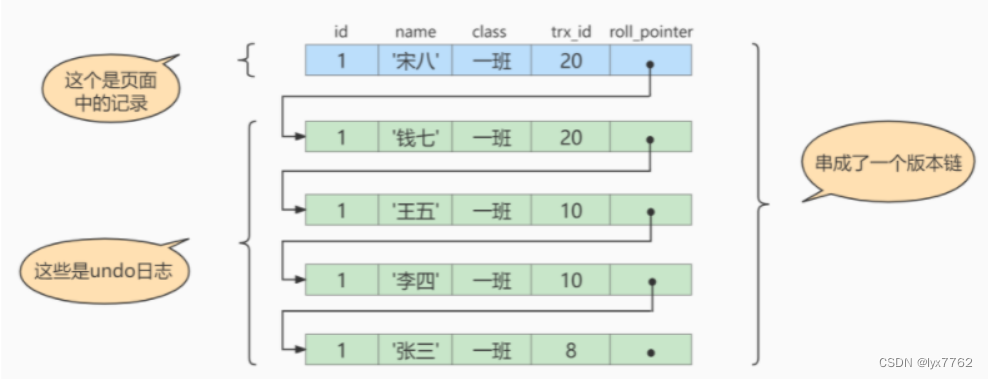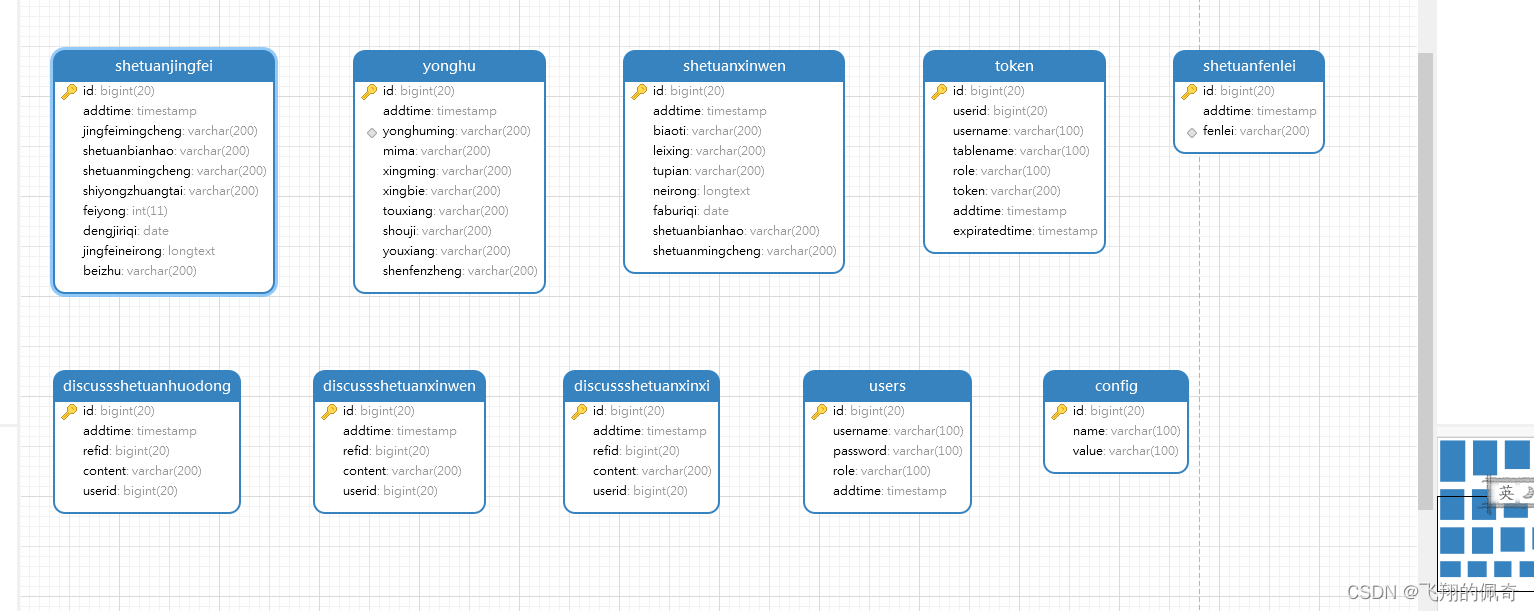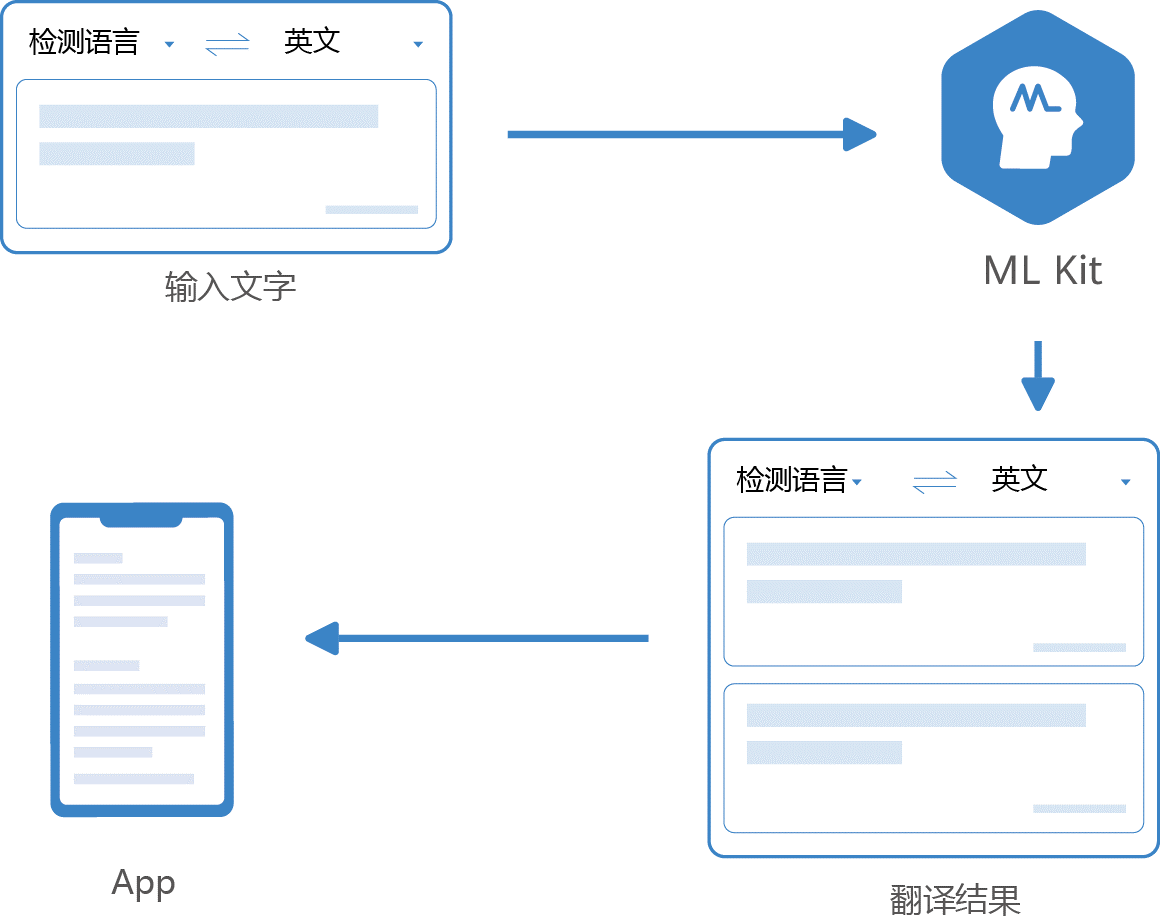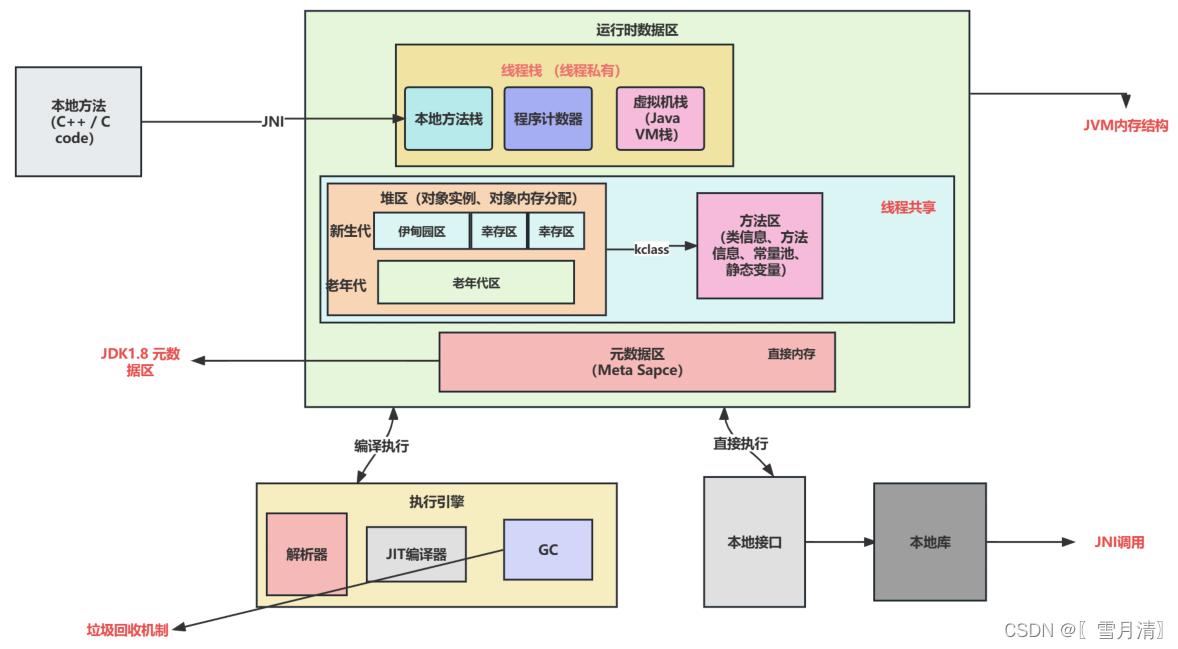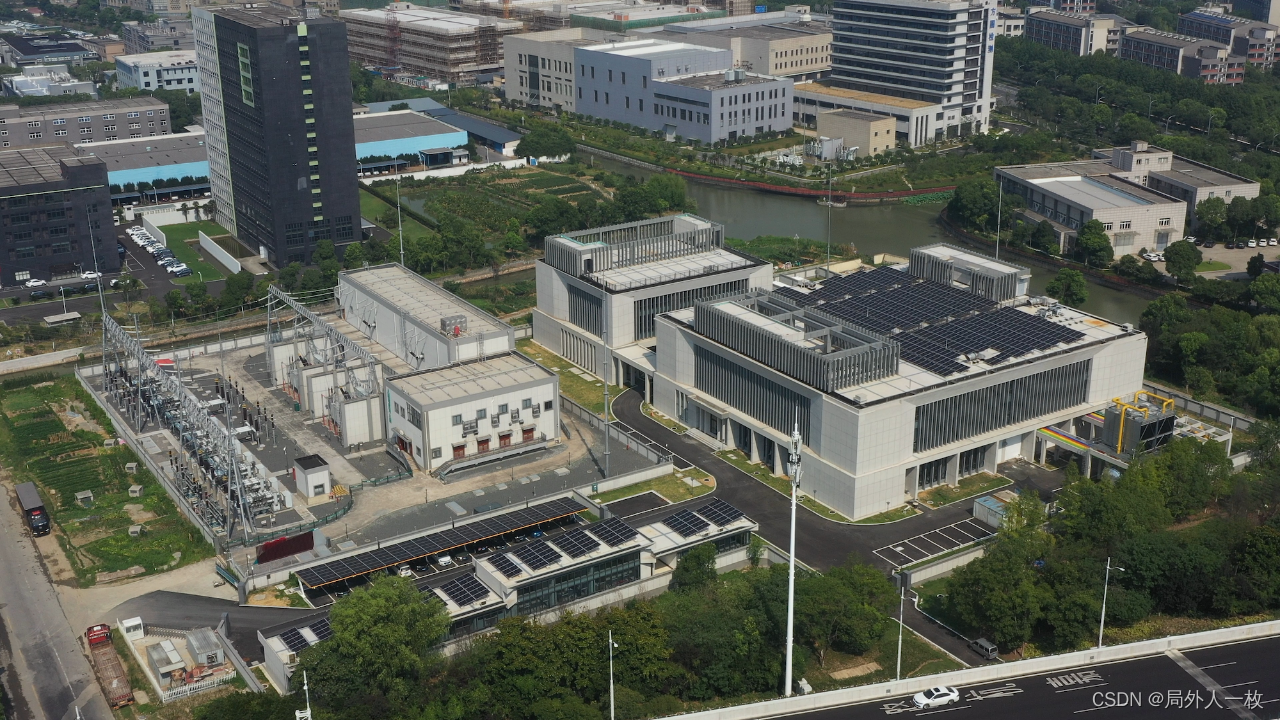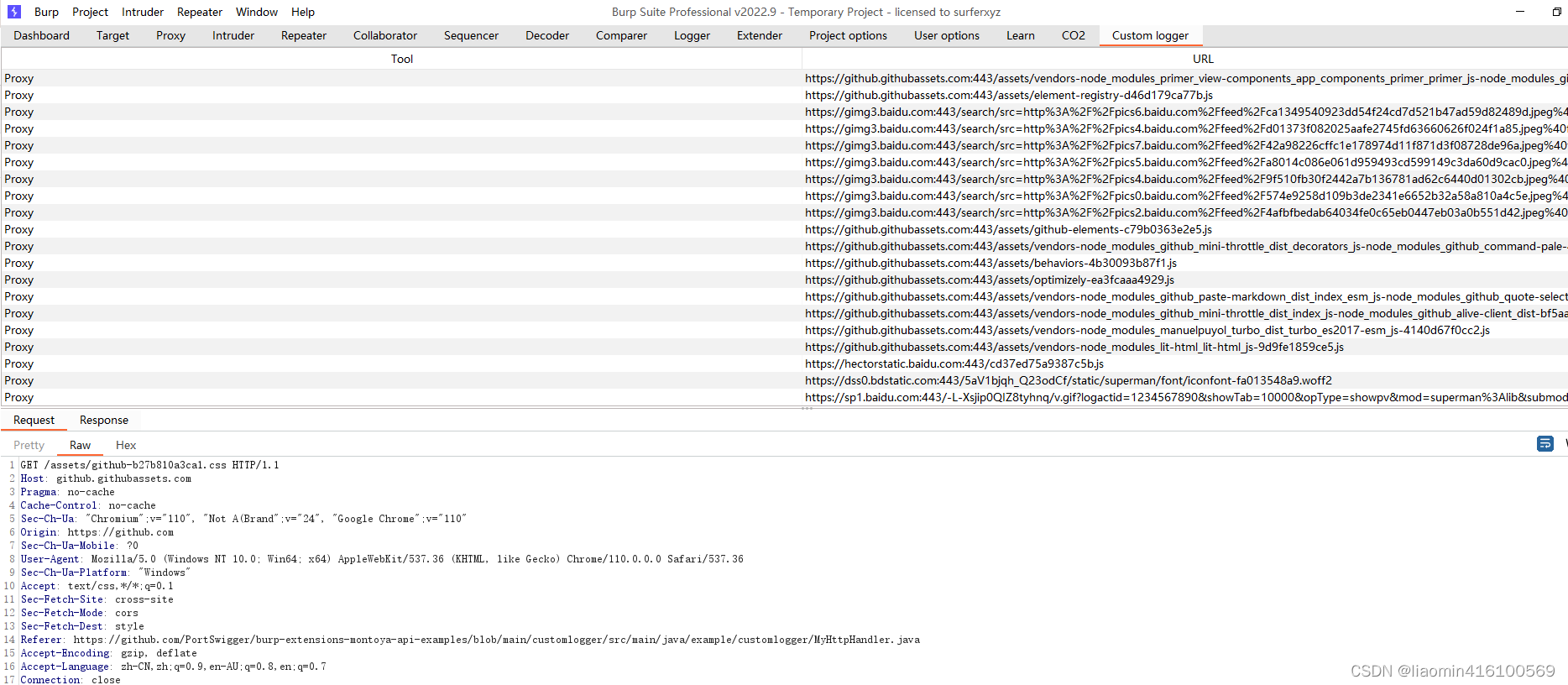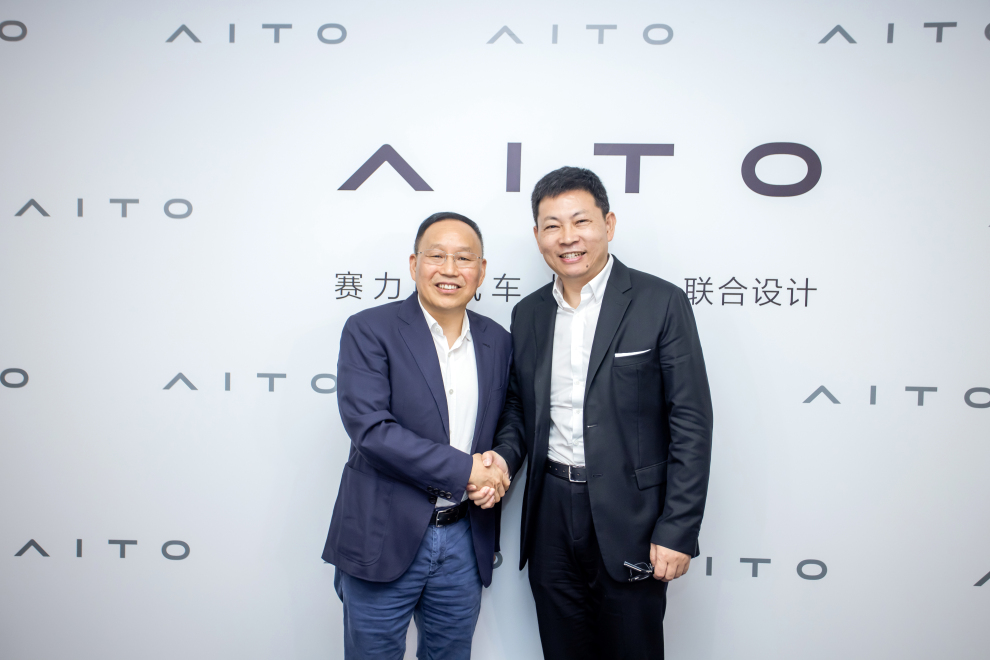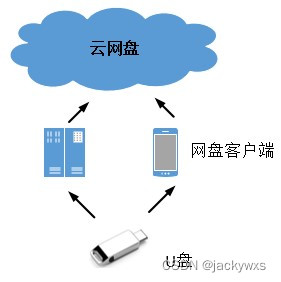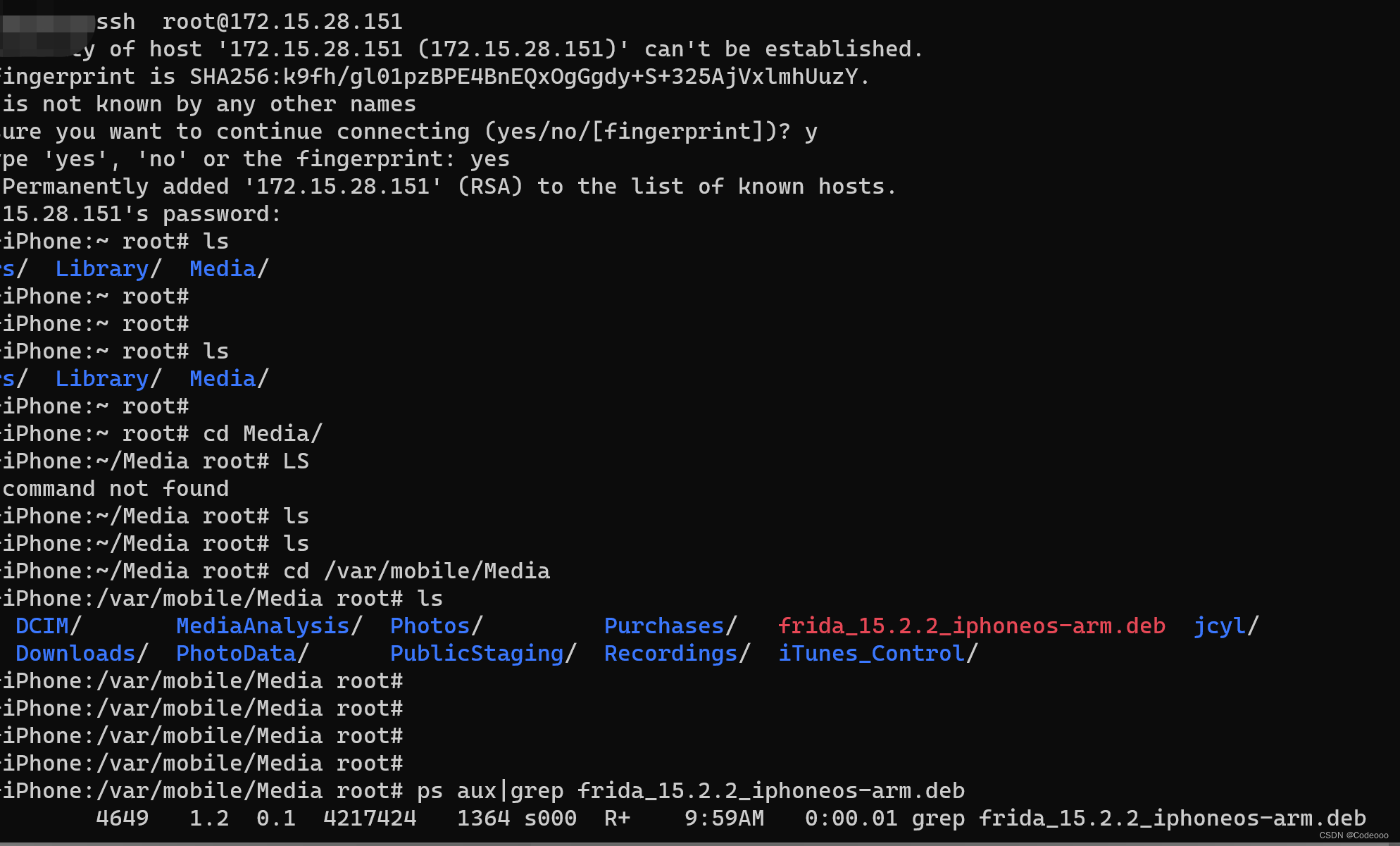基于入口来分析
import org.springframework.context.annotation.AnnotationConfigApplicationContext;
import org.springframework.context.annotation.ComponentScan;
import org.springframework.context.annotation.Configuration;
@Configuration
@ComponentScan
public class MainConfig {
public static void main(String[] args) {
//1.创建spring上下文
AnnotationConfigApplicationContext configApplicationContext = new AnnotationConfigApplicationContext();
//2.上下文中注册bean
configApplicationContext.register(MainConfig.class);
//3.刷新spring上下文,内部会启动spring上下文
configApplicationContext.refresh();
//4.关闭spring上下文
System.out.println("stop ok!");
configApplicationContext.close();
}
}
创建Spring应用上下文

AnnotatedBeanDefinitionReader
用来读取及注册通过注解方式定义的bean
ClassPathBeanDefinitionScanner
bean定义扫描器,可以扫描包中的类,对满足条件的类,会将其注册到spring容器中
ConfigurationClassPostProcessor
负责所有bean的注册,如果想看bean注册源码的,可以在其postProcessBeanDefinitionRegistry方法中设置断点。处理如下注解
- @Configuration
- @Component
- @PropertySource
- @PropertySources
- @ComponentScan
- @ComponentScans
- @Import
- @ImportResource
- @Bean
org.springframework.context.annotation.AnnotatedBeanDefinitionReader#registerBean(java.lang.Class<?>)
AutowiredAnnotationBeanPostProcessor
负责处理@Autowire注解
CommonAnnotationBeanPostProcessor
负责处理@Resource注解
EventListenerMethodProcessor
负责处理@EventListener标注的方法,即事件处理器
DefaultEventListenerFactory
负责将@EventListener标注的方法包装为ApplicationListener对象
AbstractApplicationContext#refresh
public void refresh() throws BeansException, IllegalStateException {
synchronized (this.startupShutdownMonitor) {
StartupStep contextRefresh = this.applicationStartup.start("spring.context.refresh");
/**
* 阶段2:Spring应用上下文启动准备阶段
* 1、切换到活动状态
* 2、初始化PropertySource,留给子类去实现的,可以在这个方法中扩展属性配置信息,丢到this.environment中
* 3、验证环境配置中是否包含必须的配置参数信息,
* 4、存储存放早期的事件监听器、应用程序事件
*/
prepareRefresh();
/**
* 阶段3:BeanFactory创建阶段
* 1、刷新BeanFactory,由子类实现
* 2、返回spring上下文中创建好的BeanFacotry
*/
ConfigurableListableBeanFactory beanFactory = obtainFreshBeanFactory();
/**
* 阶段4:BeanFactory准备阶段
* 1、设置类加载器
* 2、设置SPEL表达式解析器:BeanExpressionResolver
* 3、设置属性编辑注册器:PropertyEditorRegistrar
* 4、添加BeanPostProcessor:ApplicationContextAwareProcessor,当自定义Bean实现了EnvironmentAware等接口时,进行接口方法回调赋值
* 5、注册依赖注入的时候查找的对象:BeanFactory、ResourceLoader、ApplicationEventPublisher、ApplicationContext
* 6、添加BeanPostProcessor:ApplicationListenerDetector,处理自定义的事件监听器
* 7、添加LoadTimeWeaver
* 8、将Environment注册到spring容器,对应的bena名称是environment
* 9、将系统属性注册到spring容器,对应的bean名称是systemProperties,对应 --> System.getProperties()启动参数,如-D参数=值
* 10、将系统环境变量配置信息注入到spring容器,对应的bean名称是systemEnvironment,对应 --> System.getenv()获取环境变量信息的
* 11、添加Bean:applicationStartup
*/
prepareBeanFactory(beanFactory);
try {
/**
* 阶段5:BeanFactory后置处理阶段:允许在上下文子类中对 Bean 工厂进行后处理。
* 此时beanFactory已经创建好了,但是容器中的bean还没有被实例化,子类可以实现这个方法,可以对BeanFactory做一些特殊的配置,
* 比如可以添加一些自定义BeanPostProcessor等等,主要是留给子类去扩展的。
*/
postProcessBeanFactory(beanFactory);
StartupStep beanPostProcess = this.applicationStartup.start("spring.context.beans.post-process");
/**
* 阶段6:BeanFactory注册BeanPostProcessor阶段
* 主要是从spring容器中找到BeanFactoryPostProcessor接口的所有实现类,然后调用,完成所有bean注册的功能,
* 注意是bean注册,即将bean的定义信息转换为BeanDefinition对象,然后注册到spring容器中,此时bean还未被实例化。
* 1、调用BeanDefinitionRegistryPostProcessor.postProcessBeanDefinitionRegistry(依次从传的addBeanFactoryPostProcessor>实现了PriorityOrdered->Order->其他)
* spring中所有bean的注册都会在此阶段完成,按照规范,所有bean的注册必须在此阶段进行,其他阶段不要再进行bean的注册。
* 2、调用BeanFactoryPostProcessor.postProcessBeanFactory
* 到这个阶段的时候,spring容器已经完成了所有bean的注册,这个阶段中你可以对BeanFactory中的一些信息进行修改,比如修改阶段1中一些bean的定义信息,修改BeanFactory的一些配置等等
*/
invokeBeanFactoryPostProcessors(beanFactory);
/**
* 阶段7:注册BeanPostProcessor(bean后置处理器)
* 这个阶段会遍历spring容器bean定义列表,把所有实现了BeanPostProcessor接口的bean撸出来,然后将他们添加到spring容器的BeanPostProcessor列表中。
* 本质上就是执行:beanFactory.addBeanPostProcessor(postProcessor);
* 1、注册了BeanPostProcessorChecker
* 2、注册实现了BeanPostProcessor接口的Bean
* 3、注册了ApplicationListenerDetector
*/
registerBeanPostProcessors(beanFactory);
beanPostProcess.end();
/**
* 阶段8:初始化内建Bean:MessageSource是用来处理国际化的
* 1、注册bean messageSource(可自定义)
*/
initMessageSource();
/**
* 阶段9:初始化内建Bean:Spring事件广播器
* 1、注册bean applicationEventMulticaster(可自定义),也可自定义Executor
*/
initApplicationEventMulticaster();
/**
* 阶段10:Spring应用上下文刷新阶段,由子类实现初始化其他特殊 bean。
*/
onRefresh();
/**
* 阶段11:Spring事件监听器注册阶段,注册事件监听器到事件广播器中
* 1、先注册静态指定的侦听器,即将spring上下文中添加的事件监听器,添加到事件广播器(ApplicationEventMulticaster阶段9)
* 2、将spring容器中定义的事件监听器,添加到事件广播器(ApplicationEventMulticaster)中
* 3、发布早期的事件
*/
registerListeners();
/**
* 阶段12:实例化所有剩余的(非lazy init)单例bean,不包需要延迟实例化的bean
* 1、初始化conversionService转换服务
* 2、添加${}表达式解析器,EmbeddedValueResolver
* 3、早一些实例化LoadTimeWeaverAware类的Bean
* 4、冻结所有bean定义,表示已注册的bean定义不会被进一步修改或后处理。这允许工厂主动缓存bean定义元数据。
* 5、实例化所有单例bean(不包含需延迟实例化的bean),通常scope=singleton的bean都会在下面这个方法中完成初始化。beanFactory.preInstantiateSingletons();
* 以下是beanFactory.preInstantiateSingletons();
* 1、循环遍历beanNames列表,完成所有单例bean的实例化工作,这个循环完成之后,所有单例bean已经实例化完毕了,被放在spring容器缓存起来了。
* 2、触发所有 bean 的初始化后回调...调用Bean实现了SmartInitializingSingleton接口的afterSingletonsInstantiated方法
*/
finishBeanFactoryInitialization(beanFactory);
/**
* 阶段13:刷新完成阶段,最后一步:发布相应的事件。
* 1、清理一些资源缓存
* 2、为此上下文初始化生命周期处理器,注册bena lifecycleProcessor spring应用上下文的生命周期处理器(可自定义)
* 3、首先将刷新传播到生命周期处理器,执行LifecycleProcessor.onRefresh():从容器中找到所有实现Lifecycle接口的bean,然后调用他们的start方法。
* 4、发布ContextRefreshedEvent事件,想在这个阶段做点事情的,可以监听这个事件。
*/
finishRefresh();
}
catch (BeansException ex) {
if (logger.isWarnEnabled()) {
logger.warn("Exception encountered during context initialization - " +
"cancelling refresh attempt: " + ex);
}
// Destroy already created singletons to avoid dangling resources.
destroyBeans();
// Reset 'active' flag.
cancelRefresh(ex);
// Propagate exception to caller.
throw ex;
}
finally {
// Reset common introspection caches in Spring's core, since we
// might not ever need metadata for singleton beans anymore...
resetCommonCaches();
contextRefresh.end();
}
}
}
Spring应用上下文关闭阶段

protected void doClose() {
// 判断是不是需要关闭(active为tue的时候,才能关闭,并用cas确保并发情况下只能有一个执行成功)
if (this.active.get() && this.closed.compareAndSet(false, true)) {
if (logger.isDebugEnabled()) {
logger.debug("Closing " + this);
}
if (!NativeDetector.inNativeImage()) {
LiveBeansView.unregisterApplicationContext(this);
}
try {
// 发布关闭事件ContextClosedEvent
publishEvent(new ContextClosedEvent(this));
}
catch (Throwable ex) {
logger.warn("Exception thrown from ApplicationListener handling ContextClosedEvent", ex);
}
// 执行生命周期处理器LifecycleProcessor.onClose():从容器中找到所有实现Lifecycle接口的bean,然后调用他们的stop方法。
if (this.lifecycleProcessor != null) {
try {
this.lifecycleProcessor.onClose();
}
catch (Throwable ex) {
logger.warn("Exception thrown from LifecycleProcessor on context close", ex);
}
}
// 销毁上下文的BeanFactory中所有缓存的单例
destroyBeans();
// 关闭BeanFactory本身
closeBeanFactory();
// 就给子类去扩展的
onClose();
// 恢复事件监听器列表至刷新之前的状态,即将早期的事件监听器还原
if (this.earlyApplicationListeners != null) {
this.applicationListeners.clear();
this.applicationListeners.addAll(this.earlyApplicationListeners);
}
// 标记活动状态为:false
this.active.set(false);
}
}

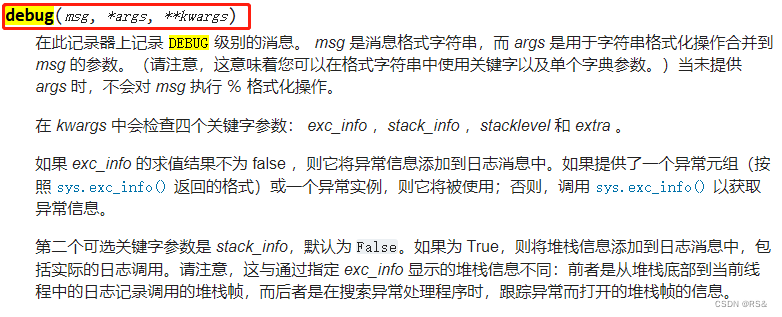

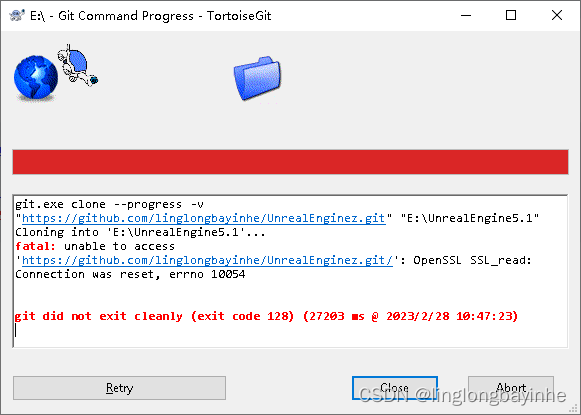

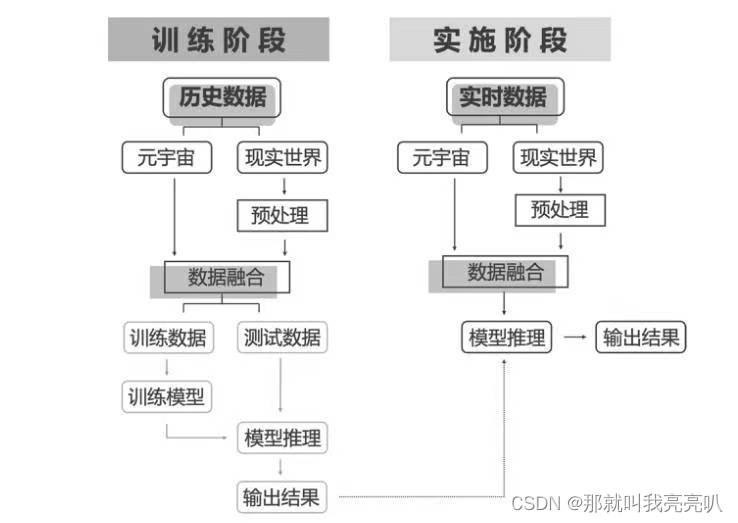
![[架构之路-123]-《软考-系统架构设计师》-操作系统-2-操作系统原理 - 存储层次结构与存储管理(寄存器、Cache、MMU、内存、外存、页表)](https://img-blog.csdnimg.cn/img_convert/a8e24d9bdaaa34796153ad055953d35e.png)

